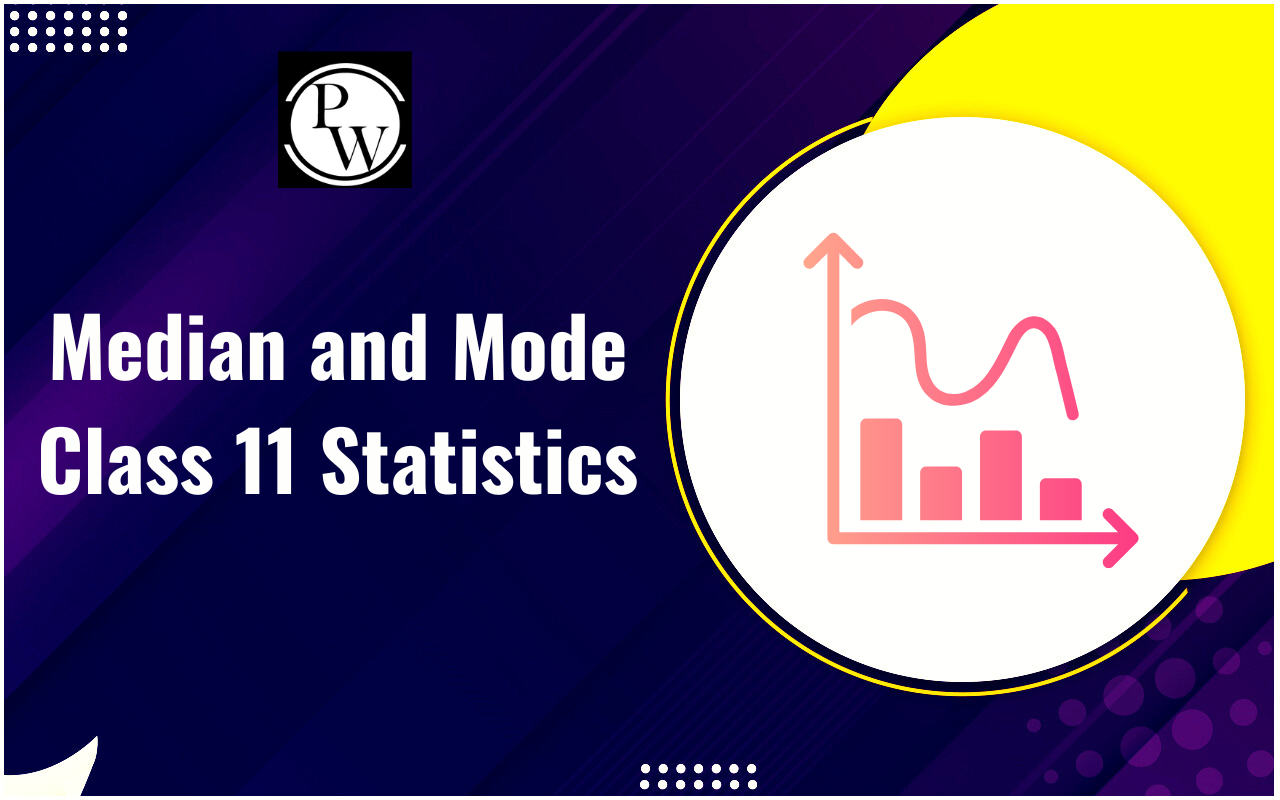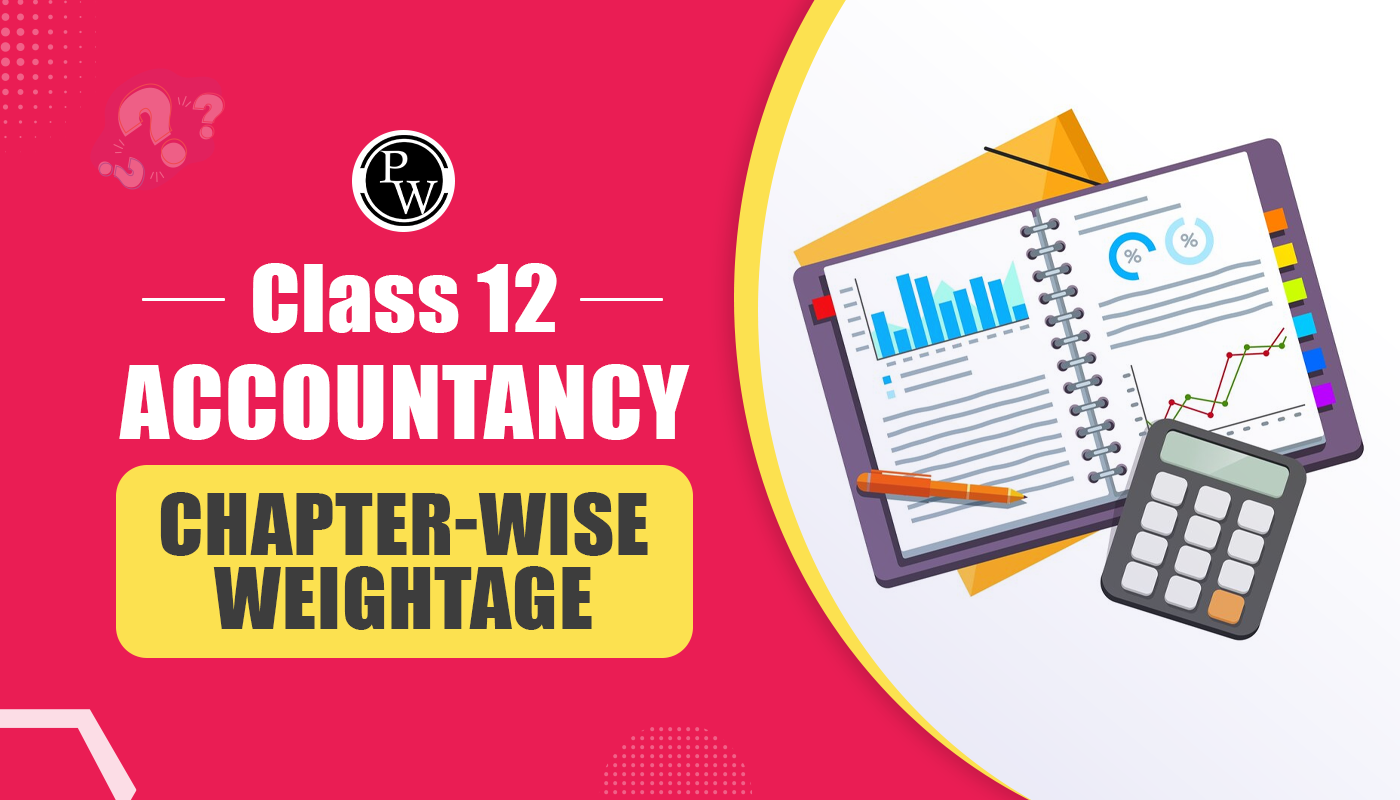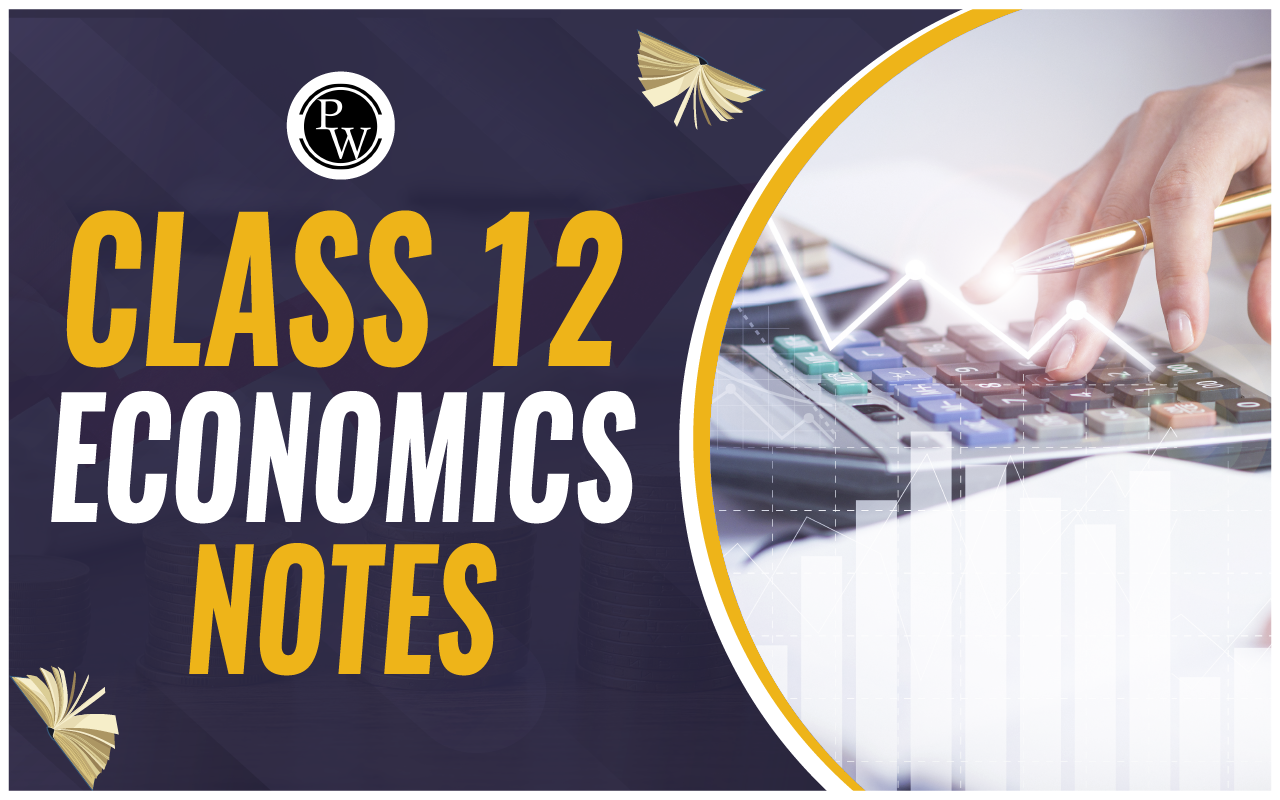
Non-current liabilities, which are short-term debts due within twelve months or the accounting period, these liabilities are not due within twelve months of the accounting period.
Most firms assess non-current liabilities to cash flow to determine whether an organization has the financial resources to satisfy its long-term financial obligations. Furthermore, commercial organizations frequently rely on non-current liabilities to meet existing capital asset requirements or to invest in more profitable ventures.Non-current liabilities Meaning
In finance and accounting non-current liabilities are debts that a corporation owes but does not need to settle during the current operational cycle not more than one year. They are long-term liabilities, i.e., they have a long payback period, which is usually longer than one year.Types of Non-current Liabilities
Non-current liabilities can be classified into several categories, each representing a distinct type of long-term financial obligation for a company. These categories are as follows:Long-Term Loans:
Long-term loans are funds borrowed from banks or financial institutions with a repayment period extending beyond one year. Companies use these loans to finance significant investments in assets or expansion projects. The repayment terms often involve periodic instalments over several years.Bonds Payable:
Bonds payable are debt securities issued by a company to raise capital. They have a fixed maturity date, typically ranging from 5 to 30 years or more. Investors purchase these bonds, and the company must pay back the principal amount when the bonds mature, along with periodic interest payments.Deferred Tax Liabilities:
Deferred tax liabilities arise when a company's accounting profits are higher than its taxable income. This difference in tax treatment results in future tax obligations. These liabilities represent the taxes that the company will need to pay in the future when it realizes the tax benefits associated with certain accounting practices.Pension Obligations:
There are also quite a number of companies that provide pension plans to their employees under their compensation package. The pension obligations are the company’s promise to offer retirement benefits for its employees. The company makes periodic contributions to the pension plan to fulfil these future payment obligations.Lease Obligations:
Lease obligations arise from long-term lease agreements for assets like property, machinery, or vehicles. Companies that lease assets must make regular lease payments over the lease term. The total of these payments represents the non-current liability associated with the lease.Deferred Revenue:
Deferred revenue is when a company pays the customer in advance for the product or service to be provided in the future. The company treats this payment as a liability until it fulfils its obligations. As the goods or services are delivered, deferred revenue is reclassified as revenue.Importance of Non-current Liabilities
- Non-current liabilities are used to examine a venture's solvency and to establish whether or not a corporation is properly leveraging it.
- It is used to analyze the cash flow stability of a business. By comparing total non-current liabilities to cash flow, one may quickly estimate a company's financial ability to satisfy long-term obligations.
- A thorough comprehension of the business's financial stability and the use of debt is also helpful to potential investors. It quickly assists them in assessing if doing business with a firm will be profitable for them or not.
- If a firm repeatedly uses its main resources to meet account payables, creditors may perceive it as unprofitable to cooperate with them. Stagnant cash flow, together with the employment of excessive leverage, on the other hand, may hinder investors from engaging in such a corporate attempt.
Non-current Liabilities Examples
Here are some examples of non-current liabilities:- Borrowed funds with repayment periods extending beyond one year.
- Debt securities are issued with fixed maturity dates and periodic interest payments.
- Arising from differences between accounting profits and taxable income.
- Commitments to provide retirement benefits to employees.
- Long-term lease agreements for assets like property and machinery.
- Payments received for goods or services to be delivered in the future.
- Including environmental liabilities and warranty obligations.
Ratios Related to Non-current Liabilities
Specific financial measures not only aid in determining a venture’s debt-paying capabilities as well as help gauge its capacity as an investment channel. Below is a list of a few of such ratios which incorporate non-current liabilities.Debt ratio:
The mentioned ratio measures a company’s total liabilities to its overall assets and tends to offer a reasonable picture of how often it resorts to liability leveraging. A smaller percentage shows that a company is reducing its leverage and has a stable foothold for equities. Similarly, a greater ratio suggests it is more likely to be exposed to financial danger. Formula: Debt ratio = Total Liabilities/ Total AssetsDebt to Equity Ratio:
The ratio is calculated through a comparison of the total equity of a business to its total debt. A considerably high ratio suggests that a business initiative is not being backed with enough equity. Business leaders may take a hint from these results and meet the shortfalls accordingly. Formula: Debt-to-equity-ratio = Total Liabilities/Total shareholders’ EquityCash Flow to Debt Ratio:
This ratio helps measure how readily a business endeavor can pay off its current debts by utilizing its cash flow. Formula: Cash flow to debt ratio = Cash flow/Total liabilities A greater ratio shows that a business enterprise is financially sound and has the ability of expediting its loan payments if considered essential. On the other hand, a smaller ratio denotes a weak financial situation.Non-Current Liabilities Liabilities FAQs
How do companies manage non-current liabilities?
Companies manage non-current liabilities by careful financial planning, refinancing, and ensuring sufficient cash flow to meet long-term obligations.
How are non-current liabilities different from current liabilities?
Non-current liabilities are long-term debts, while current liabilities are short-term debts due within a year.
Why do companies issue bonds as a form of debt?
Companies issue bonds to raise capital for large projects without diluting ownership.
What types of assets are commonly leased, creating lease obligations?
Assets like real estate, vehicles, and equipment are often leased, leading to lease obligations.
Can deferred revenue turn into non-current liabilities?
Yes, if the service or product will be delivered after one-year, deferred revenue becomes a non-current liability.
🔥 Trending Blogs
Talk to a counsellorHave doubts? Our support team will be happy to assist you!

Check out these Related Articles
Free Learning Resources
PW Books
Notes (Class 10-12)
PW Study Materials
Notes (Class 6-9)
Ncert Solutions
Govt Exams
Class 6th to 12th Online Courses
Govt Job Exams Courses
UPSC Coaching
Defence Exam Coaching
Gate Exam Coaching
Other Exams
Know about Physics Wallah
Physics Wallah is an Indian edtech platform that provides accessible & comprehensive learning experiences to students from Class 6th to postgraduate level. We also provide extensive NCERT solutions, sample paper, NEET, JEE Mains, BITSAT previous year papers & more such resources to students. Physics Wallah also caters to over 3.5 million registered students and over 78 lakh+ Youtube subscribers with 4.8 rating on its app.
We Stand Out because
We provide students with intensive courses with India’s qualified & experienced faculties & mentors. PW strives to make the learning experience comprehensive and accessible for students of all sections of society. We believe in empowering every single student who couldn't dream of a good career in engineering and medical field earlier.
Our Key Focus Areas
Physics Wallah's main focus is to make the learning experience as economical as possible for all students. With our affordable courses like Lakshya, Udaan and Arjuna and many others, we have been able to provide a platform for lakhs of aspirants. From providing Chemistry, Maths, Physics formula to giving e-books of eminent authors like RD Sharma, RS Aggarwal and Lakhmir Singh, PW focuses on every single student's need for preparation.
What Makes Us Different
Physics Wallah strives to develop a comprehensive pedagogical structure for students, where they get a state-of-the-art learning experience with study material and resources. Apart from catering students preparing for JEE Mains and NEET, PW also provides study material for each state board like Uttar Pradesh, Bihar, and others
Copyright © 2025 Physicswallah Limited All rights reserved.
Get App









